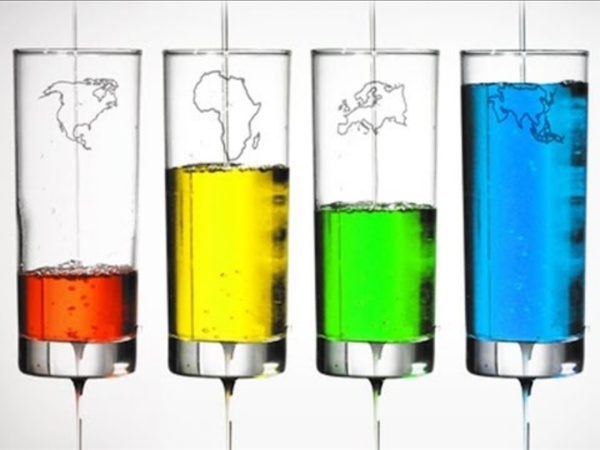



23 million and counting: why Australia’s population outlook is the envy of the world Australia’s population reaches 23 million today according to the Australian Bureau of Statistics’ (ABS) online population clock. How do they know it’s today? They don’t really. The clock provides an estimate only, working from the last census, and accounting for the average rates of births, deaths and net migration since then. Historical trends Nevertheless, the milestone justifies some serious reflection on the growth of the Australian population. Despite this, Australia has demonstrated considerable anxiety over population growth. The post-war baby boom quelled these anxieties for a time. Recent growth Today, over a quarter (27%) of Australia’s population is overseas-born, a proportion considerably higher than in other receiving countries such as the US (13%) and Canada (20%). And yet, in recent decades, particularly as Australia’s birth rate declined to record lows around the turn of the 21st century, population anxiety has resurfaced. This concern is primarily generated by industry.
Australia's population challenge - The Drum Opinion Updated Population has been the great unspoken issue around the world. Politicians have been unwilling to offend some sections of their electorates with calls for lower birth rates and for reduced immigration. This is a subject that cuts into political, ethical, ethnic, and religious divides. It is a fact that human beings have been fantastically successful in reproducing and conquering the natural environment such that we are now approaching seven billion people perched on a small landmass, relative to the total size of the Earth, with substantially less space available for producing food and providing clean, fresh water. The fourth revolution for humanity, after agriculture, industrialisation and information, is sustainability - learning to live on planet Earth such that our children's children can also enjoy the wonders of this small planet. There are five issues to be addressed. The fourth issue is to change the whole debate.